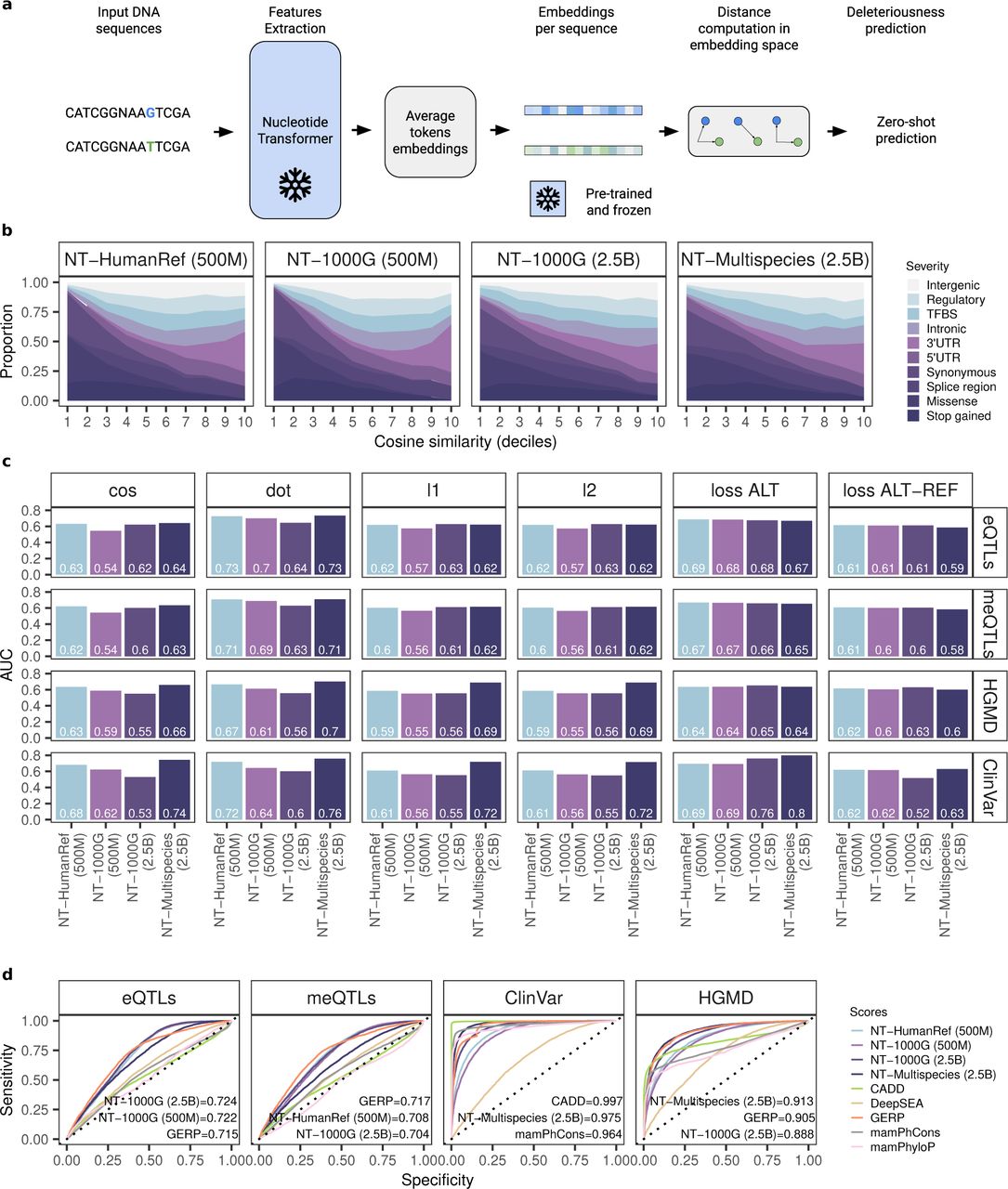
# AI Transforming Chromatin Structure Prediction
An innovative artificial intelligence (AI) system is revolutionizing the exploration of chromatin, the intricate blend of DNA and proteins that constitutes chromosomes. This deep learning methodology permits the rapid prediction of thousands of 3D chromatin structures in mere minutes, hastening investigations into genetic regulation and its effects on gene expression. Grasping these structures is vital for deciphering genetic disease mechanisms and enhancing gene-editing technologies.
## Exploring Chromatin and Its Impact on Gene Expression
Chromatin is essential for genome organization, enabling the extensive quantities of DNA within a cell to compact in the nucleus. The basic building block of chromatin is the **nucleosome**, where DNA coils around protein cores known as **histones**, resembling beads threaded on a string. These nucleosomes aggregate into higher-order formations, ultimately resulting in chromosomes.
Importantly, the folding of chromatin is not haphazard—it adheres to patterns determined by the **genetic code**, which impacts **gene regulation**. Specific genes depend on promoter and enhancer regions of DNA that must be nearby to control gene expression. Since the configuration of chromatin dictates the spatial relationship between these regulatory elements, it effectively governs gene activity and cell differentiation, even though all cells in an organism possess identical DNA.
## The Difficulties of Analyzing Chromatin Structures
Studying chromatin has long been complicated due to its highly dynamic three-dimensional configurations. Previously, scientists employed methods like **high-throughput sequencing** and **microscopic imaging** to visualize chromatin arrangements. Nonetheless, these methodologies are time-consuming, with the analysis of just a few chromatin segments from a single cell often requiring a week. Additionally, genetically identical cells can display structural differences, complicating the examination of chromatin folding.
## AI-Enhanced Chromatin Prediction: The Function of ChromoGen
Acknowledging the necessity for expedited and more effective analysis, **MIT researchers, led by Bin Zhang**, created an AI-centric **generative model** named **ChromoGen**. Drawing inspiration from the achievements of **AlphaFold** in predicting protein structures, Zhang’s team employed deep learning techniques for chromatin folding predictions.
### Diffusion Modeling for Chromatin Structure Creation
ChromoGen utilizes **diffusion modeling**, a sophisticated AI approach used in generative AI, including **text-to-image models**. Diffusion models introduce controlled randomness into training datasets, learning to construct realistic structures through iterative refinements.
To educate the AI, the researchers employed a dataset containing **over 11 million empirically derived chromatin structures**, initially gathered from **2018 high-throughput genome studies**. The model also associated **genomic DNA sequences with their respective chromatin conformations**, establishing a predictive framework that creates **realistic 3D chromatin structures** based on sequence information.
### Velocity and Precision of AI-Generated Predictions
By merging its deep learning model with a diffusion-based AI framework, ChromoGen can swiftly produce simulations of chromatin structures. In performance evaluations, the system effectively generated **thousands of chromatin configurations for a specific DNA region in just 20 minutes using a single GPU**. This remarkable increase in speed **far exceeds traditional chromatin structure resolution techniques** while preserving accuracy comparable to experimentally observed data.
## Consequences for Genetic Research and Medicine
AI-fueled chromatin modeling carries **significant ramifications** for areas like **genomics, biotechnology, and medicine**:
1. **Unraveling Gene Regulation Mechanisms**
Understanding how chromatin folding affects promoter-enhancer interactions can **illuminate new regulatory motifs** within DNA, crucial for examining gene expression.
2. **Enhancing Gene-Editing Technologies**
ChromoGen could **improve CRISPR gene-editing strategies** by predicting how structural variations in non-coding DNA segments might affect editing results.
3. **Comprehending Genetic Disorders**
Given that certain diseases (e.g., cancer and developmental disorders) involve **misfolded chromatin structures**, AI predictions could **reveal connections between abnormal genome architecture and genetic conditions**.
4. **Facilitating Personalized Medicine**
By assessing chromatin structures at the single-cell level, scientists can potentially **customize treatments to an individual’s unique genetic makeup**, resulting in more targeted therapies.
## The Prospects of AI in Genome Folding Research
Reflecting on the importance of the research, **Aleksandr Sahakyan** from the **University of Oxford** underscores how ChromoGen represents a significant stride towards **resolving the chromatin folding puzzle**, akin to how AlphaFold transformed protein structure prediction. With ongoing advancements, the AI-led investigation of **3D genome organization** may soon unveil essential insights into molecular biology.
**Future objectives for ChromoGen encompass:**
– Refining the model to **predict chromatin structures across broader genomic areas**
– Identifying **novel DNA sequence motifs** that dictate chromatin architecture
– Mapping **functional implications of chromatin folding on cellular behavior**